Na čo slúži a ako funguje antibakteriálny filter HEPA?

HEPA filtre sú odporúčané na boj proti smogu, prachu, roztočom, vírusom, plesniam a mnohým ďalším časticiam a mikroorganizmom vznášajúcim sa vo vzduchu. Ich mimoriadne široký rozsah účinku z nich robí stále populárnejší produkt, ktorý sa stáva neoddeliteľnou súčasťou moderných vysávačov, klimatizácií v automobiloch a, samozrejme, čističov vzduchu. Ale ako HEPA filtre fungujú a čo stojí za ich obrovským úspechom?
Pre-HEPA-história
Čističe vzduchu s HEPA filtrami, aj keď ešte nedávno boli používané takmer výlučne na miestach s veľmi vysokými požiadavkami na čistotu vzduchu, ktoré boli nevyhnutnou výbavou v potravinárskom, elektronickom, farmaceutickom priemysle, ako aj v sterilných laboratóriách a operačných sálach, dnes sú bežnou vecou, s ktorou sa bežný človek stretáva takmer každý deň. Okrem iného umožňujú efektívnejšie vysávanie domu a zabezpečujú každodenný vysoký komfort pre ľudí trpiacich astmou alebo nepríjemnými alergiami. Pôvodne boli vynálezom vojenským, vytvoreným nie pre bežné domácnosti, ale pre odolnosť voči intenzívnemu bombardovaniu v krytoch.
História súčasných HEPA filtrov sa začala v roku 1940 v USA, spolu s začiatkom práce na Manhattanskom projekte, čo je americký vedecko-výskumný program s cieľom skonštruovať atómovú bombu. Vzhľadom na výskyt malých, ožiarených častíc v laboratóriách, ktoré sa uvoľňujú do vzduchu počas experimentov s rádioaktívnymi materiálmi, vznikla potreba vyvinúť vysoko špecializované filtre, ktoré účinne zachytávajú všetky škodlivé častice a mikroorganizmy. Tieto zariadenia, ktoré zabezpečujú najvyššiu úroveň bezpečnosti a zachytávajú viac ako 99% znečistenia, boli označené skratkou HEPA, ktorá sa rozširuje ako High Efficiency Particulate Air.
Čo je HEPA filter?
Už vieme, odkiaľ pochádzajú filtre HEPA, ale čo sa v skutočnosti skrýva za označením High Efficiency Particulate Air Filter? Najjednoduchšie preklad by znel „vysoko účinný časticový filter vzduchu”, čo znamená, že ide o zariadenie schopné zachytávať s účinnosťou vyššou ako 99,95% pevné častice o veľkosti 0,3 mikrometra, čo sú čiastočky, ktoré nie sú ani veľké ako priemer ľudského vlasu, ktorého priemer je 50 mikrometrov. To znamená, že filtre HEPA sú schopné zastaviť nielen rôzne druhy prachu, ale aj skutočne mikroskopické znečistenia, medzi ktoré patria škodlivé spóry plesní a iných húb, spôsobujúce ochorenia dýchacieho systému, atmosférické aerosóly ako smog, ako aj rastlinné peľy, alergény zvierat a prenášané kvapôčkami baktérie a vírusy.
Zaujímavosťou je, že efektivitu HEPA filtrov sa hodnotí na základe účinnosti odstraňovania častíc o veľkosti 0,3 mikrometra z vzduchu, ale sú postavené tak, aby spoľahlivo zachytávali aj oveľa menšie, ale rovnako škodlivé peľy a mikroorganizmy. Toto je spôsobené tým, že vzhľadom na špecifické fyzikálne vlastnosti, práve častice s priemerom okolo 0,3 mikrometra sú najťažšie zachytiť a spôsobujú najviac problémov pri filtrovaní vzduchu, zatiaľ čo baktérie a vírusy s ešte menšími rozmermi sú ľahko zachytávané v sieťovine vlákien filtra. To všetko vďaka vhodnej konštrukcii tenkých listov používaných na zachytávanie znečisťujúcich látok, ktorá umožňuje zachytávanie nebezpečných látok tromi rôznymi spôsobmi.
Ako HEPA filtrovanie vzduchu funguje?
Správna časť filtra HEPA je zložitý harmonikový veľkoformátový list náhodne usporiadaných vlákien vyrobených zo skla alebo plastu, ktorý vďaka svojej náhodnej a nepravidelnej štruktúre vytvára komplikovaný labirint vzdušných kanálov, v ktorých sa zadržiavajú častice, ktoré sa snažia preniknúť na druhú stranu. Nejde totiž len o priame "preosievanie" veľkých častíc, ako je napríklad zmes PM10 s veľkosťou "až" 10 mikrometrov, ale aj o dosiahnutie situácie, v ktorej sú znečistenia dostatočne malé na to, aby sa zmestili medzi jednotlivé vlákna, a taktiež sú uväznené vo vnútri filtra. Aby sa dosiahol takýto dobrý výsledok, filtry HEPA sú prispôsobené na zachytávanie škodlivých častíc pre človeka niekoľkými spôsobmi:
1. Filtrácia úderom
Je to najmenej zložitý proces zachytávania, ktorý sa používa na zastavenie najväčších častíc prenášaných vzduchom, ako sú napríklad toxické látky vzniknuté spaľovaním tuhých a kvapalných palív. Tento spôsob využíva husté usporiadanie vlákien filtra na zachytávanie škodlivých častíc podobne ako sieť, nedovoľujúc im preniknúť cez príliš úzke otvory a blokujúc medzi jednotlivými nitkami. HEPA sa výborne vysporiada s rôznymi druhmi prachu, čo je skvelé riešenie pre ľudí trpiacich sezónnou alergiou.
2. Filtrácia zachytením
V prípade častíc s veľkosťou pod 1 mikrónom prestávajú bežné metódy odsievania fungovať, pretože tieto drobné častice sa bez problémov zmestia do otvorov, ktoré umožňujú voľný prietok vzduchu cez filter. Našťastie, aj napriek svojim malým rozmerom majú stále určitú hmotnosť a, bezvýznamne unášané vetrom, nedokážu udržať krok s častými zmenami smerov vytvorených nepravidelne usporiadaným labyrintom vlákien, čo vedie k ich zrážaniu sa s niektorým z vlákien filtra a prichytávaniu sa na jeho povrch. V tomto štádiu HEPA filter zachytáva najmä baktérie a roztoče prítomné v prachu, výrazne ovplyvňujúc zdravie osôb, ktoré sa nachádzajú v danej miestnosti.
3. Filtrácia difúziou
Posledný spôsob filtrovania sa používa na častice, ktoré nepresahujú svoj priemer 0,3 mikrometra, čo zahŕňa rôzne vírusy (vrátane koronavírusu). Nazýva sa difúzia a využíva jav Brownovho pohybu, čo je chaotický spôsob pohybu častíc, ktoré sú dostatočne malé na to, aby sa vznášali vo vzduchu a odraziť sa od molekúl vzduchu a neustále meniť smer svojho letu. Preto, aj keď by sa pohybovali s prúdom vzduchu, boli by schopné preniknúť cez filter, letia zložitým a nepravidelným zikzakom, narazia na rovnako chaoticky usporiadané vlákna a zostanú uväznené vo vnútri filtra.
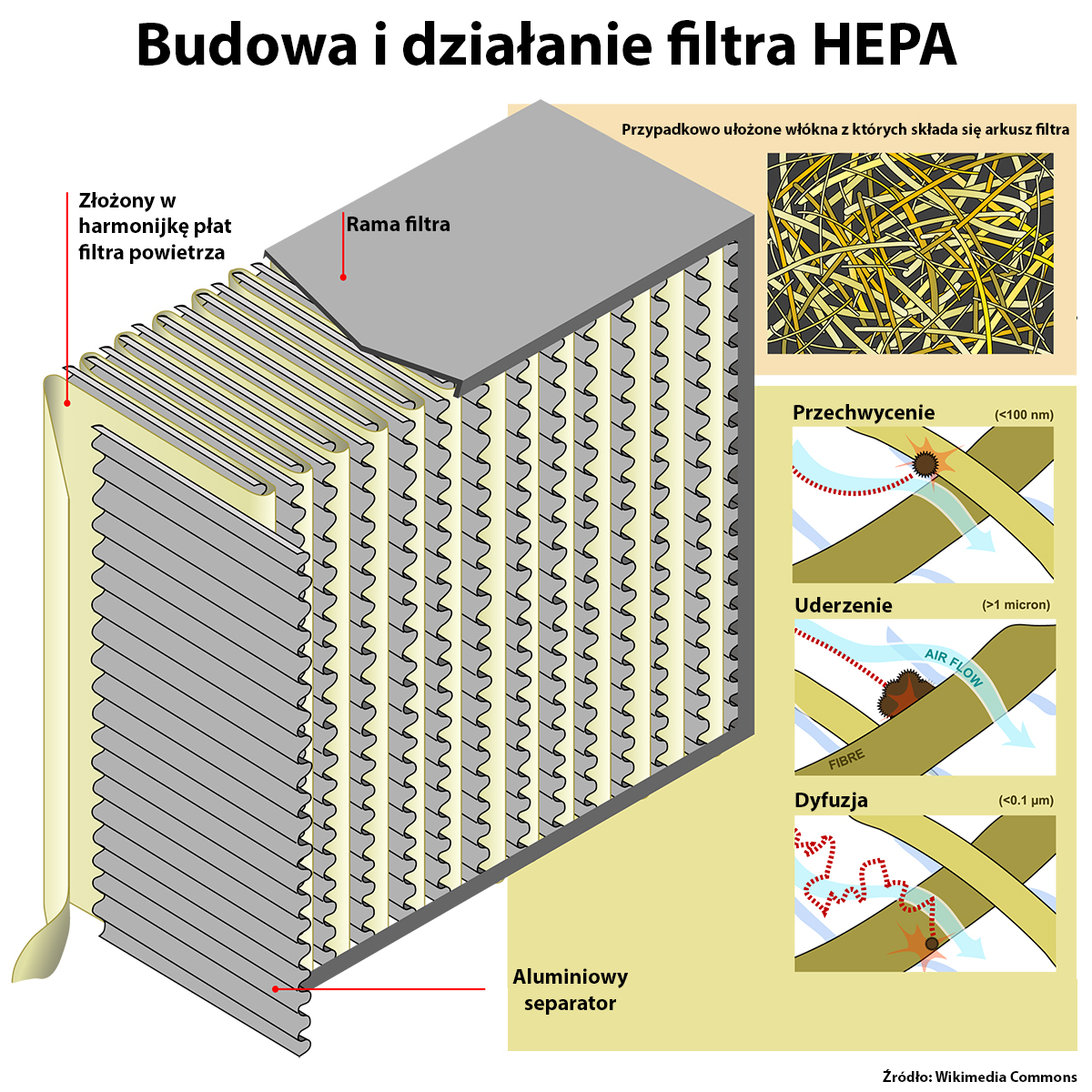
Ako rozpoznať účinný HEPA filter?
V skutočnosti má veľa HEPA filtrov 100% účinnosť proti rôznym typom častíc, bojujúc s najproblémovejšími časticami o veľkosti 0,3 µm, ktorých filtrovanie prebieha na hranici zachytenia a difúzie, čo im umožňuje uniknúť. Avšak aj v týchto prípadoch musí mať každý HEPA filter aspoň 99,95% účinnosť - a to je dostatočné na to, aby mohol byť použitý v nemocniciach, laboratóriách, farmaceutickom priemysle a potravinárskych závodoch. Samozrejme, vysoko špecializované zariadenia, ktoré sú súčasťou jadrového, pyrotechnického alebo energetického priemyslu a musia splniť mimoriadne prísne požiadavky, by mali byť vybavené podobnými ULPA filtrami HEPA, ktoré sú schopné zachytiť až 99,999995% častíc. V bežných podmienkach však filtre EPA s účinnosťou od 85% do 99,5%, ktoré sú napríklad inštalované v vysávačoch, výrazne zvyšujú úroveň čistoty vzduchu.
Napriek účinnosti je však dôležité si uvedomiť, že s plynutím času filtre strácajú svoju účinnosť. Aj keď sú k dispozícii modely určené na pravidelné čistenie, väčšina čističiek, vysávačov a klimatizácií stále používa vymeniteľné HEPA filtre, ktoré vydržia od 12 do 24 mesiacov predtým, než budú musieť byť vymenené za nové. Pri súčasných cenách vložiek do čističiek vzduchu je to však náklad len približne 50 poľských zlotých, čo je skutočne malý výdavok, ak vezmeme do úvahy obrovské množstvo výhod, ktoré HEPA filtre prinášajú každodenne alergikom, ľuďom s respiračnými ochoreniami a aj ľuďom žijúcim a pracujúcim v oblastiach s vysokým výskytom smogu.
Ryszard Kurek
Všetky práva vyhradené. Žiadna časť publikácie (text, grafika, obrázky, fotografie, súbory a iné údaje) prezentovaná v internetovom obchode OLE.PL nesmie byť reprodukovaná alebo šírená v žiadnej forme a žiadnym spôsobom bez predchádzajúceho súhlasu. Všetky ochranné známky, grafické znaky, vlastné názvy a iné údaje sú chránené autorským právom a patria ich vlastníkom.

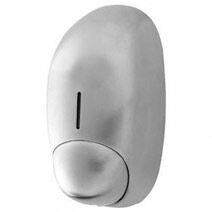
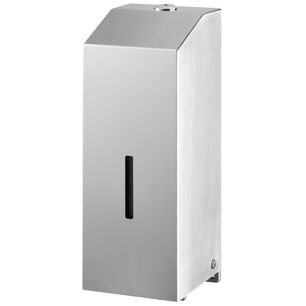
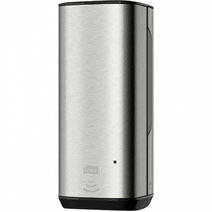
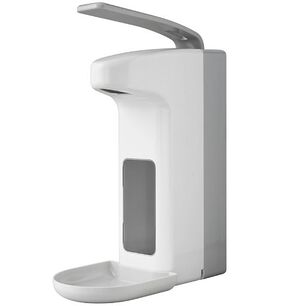
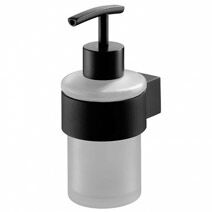
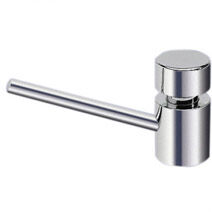
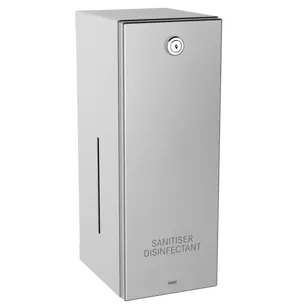
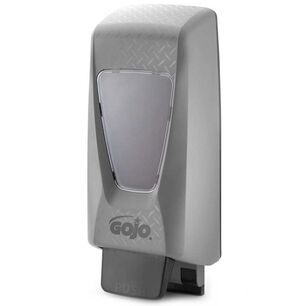
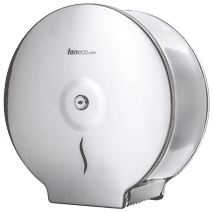
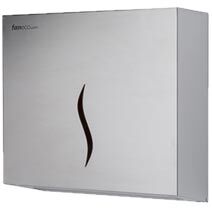
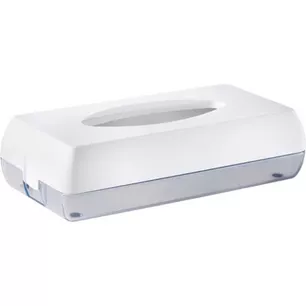
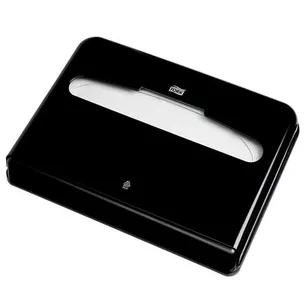
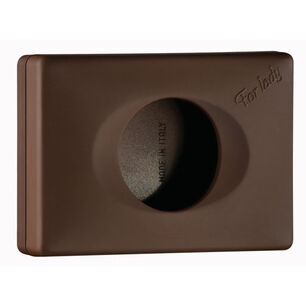
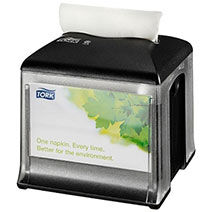
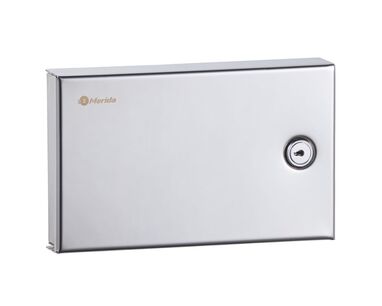
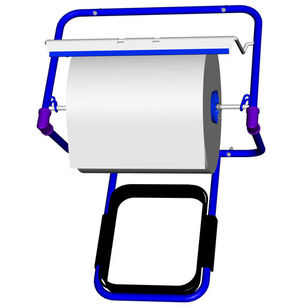
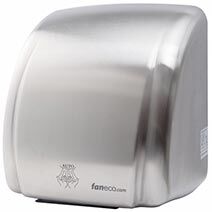
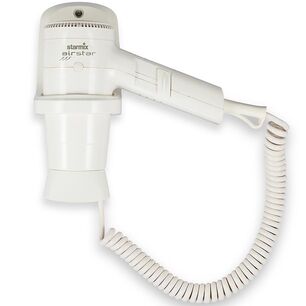
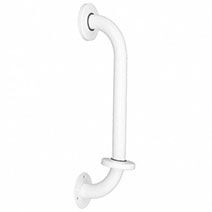
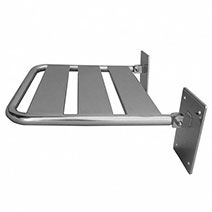
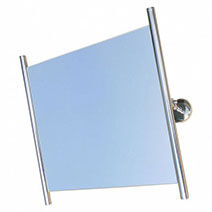
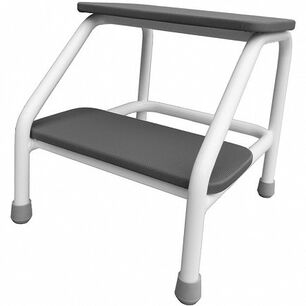
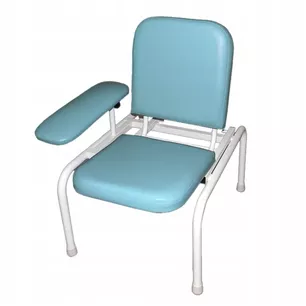
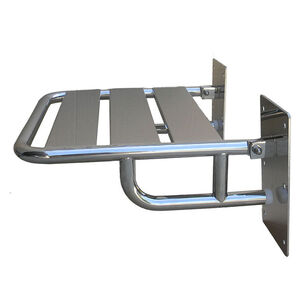
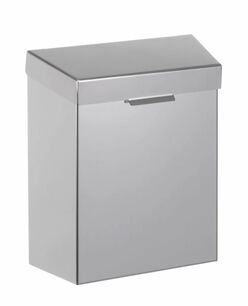
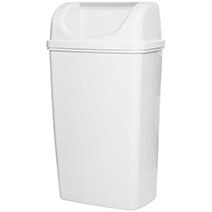
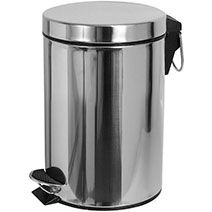
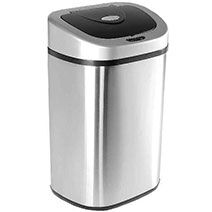
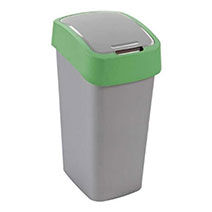
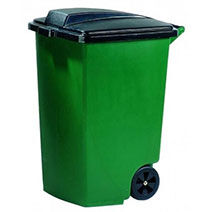
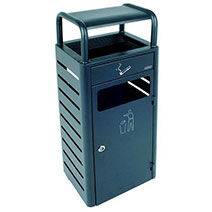
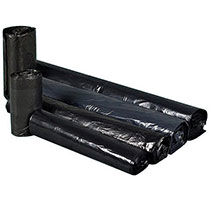
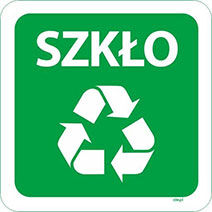
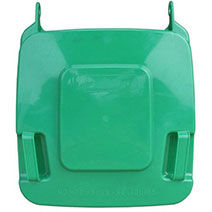
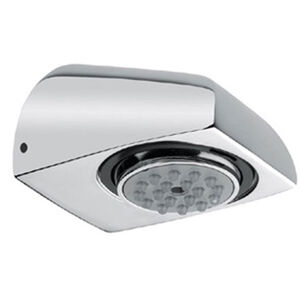
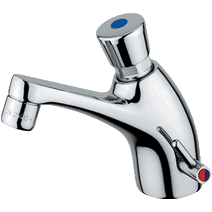
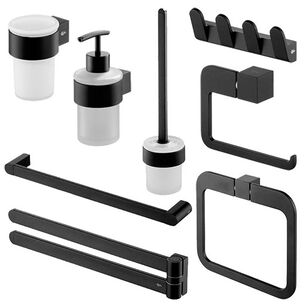
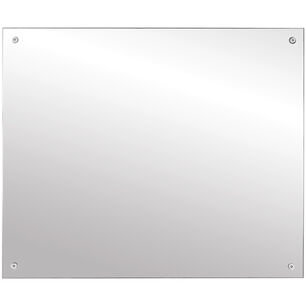
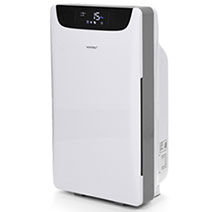
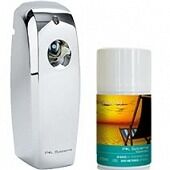

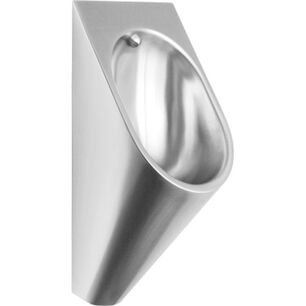
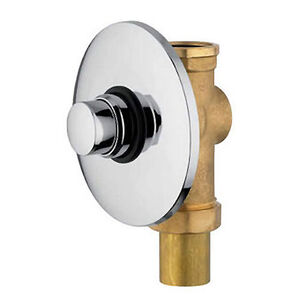
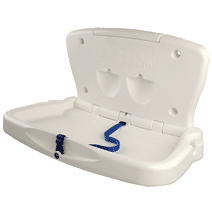
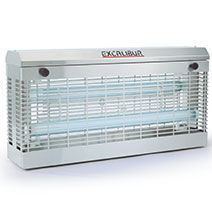
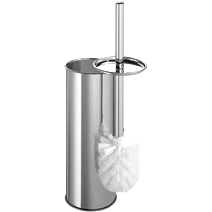
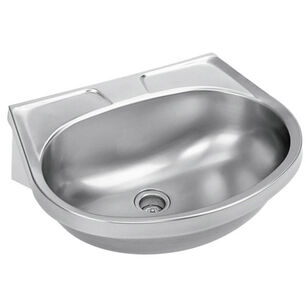
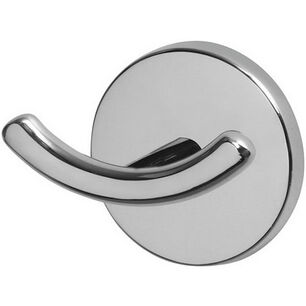
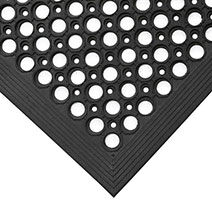
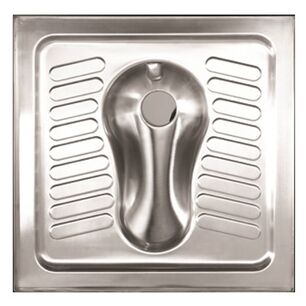
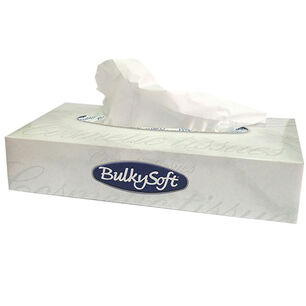
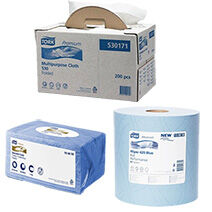
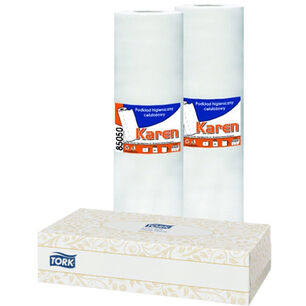
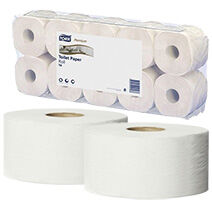
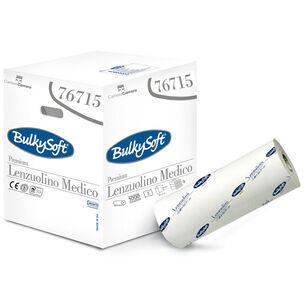
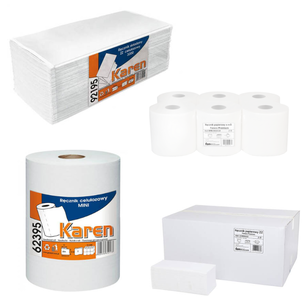
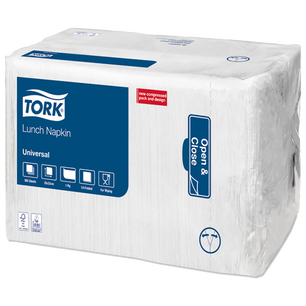
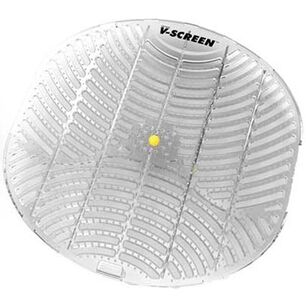
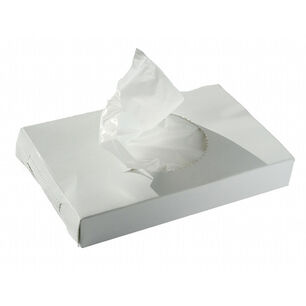
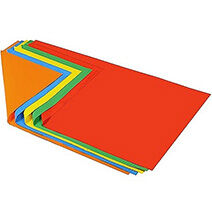
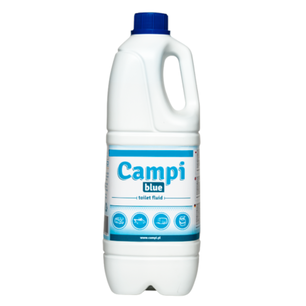
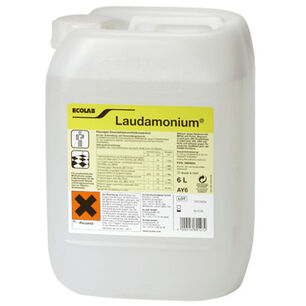
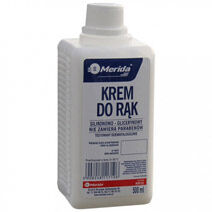
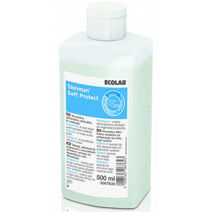
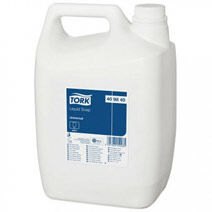
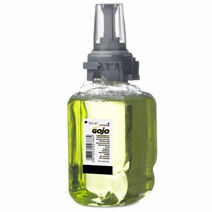
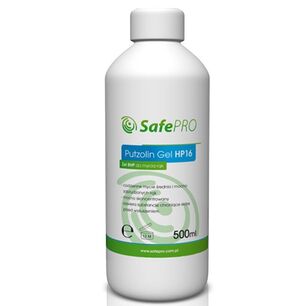
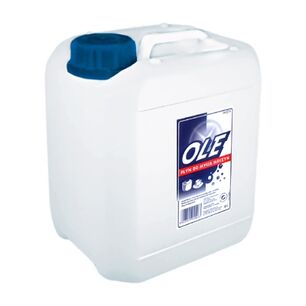
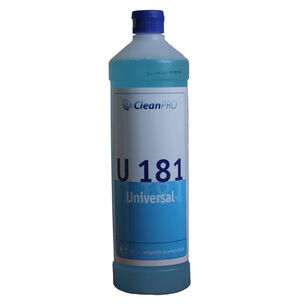
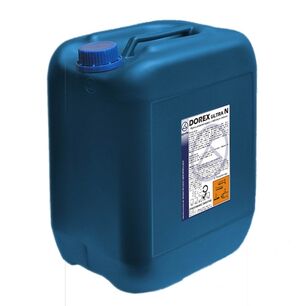
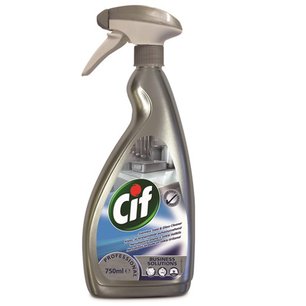
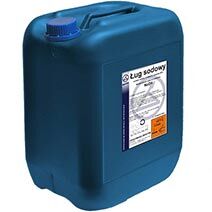
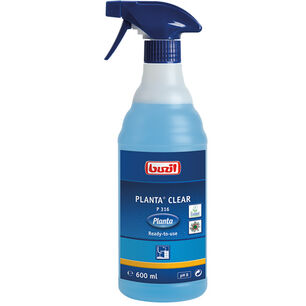
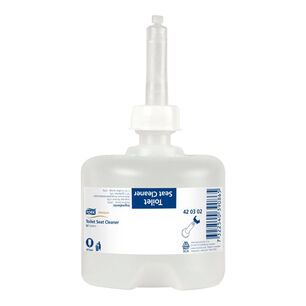
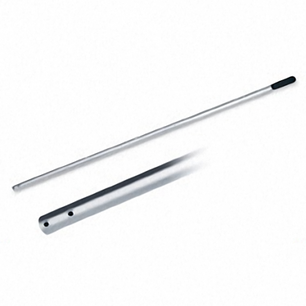
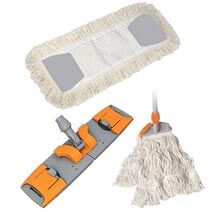
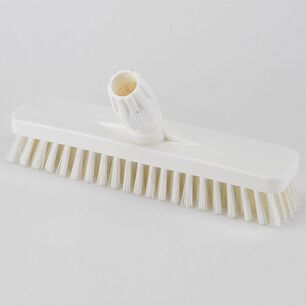
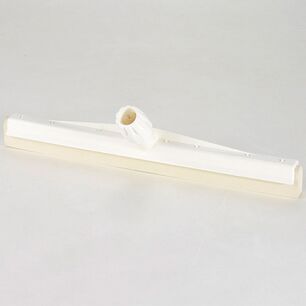
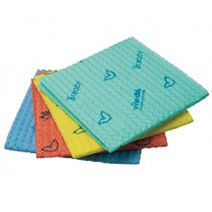
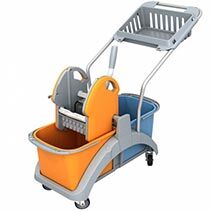
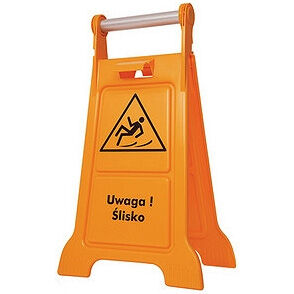
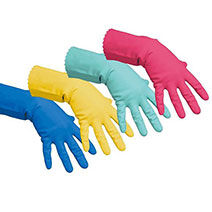
 Polski
Polski
 English
English
 Český
Český
 Deutsch
Deutsch
 Español
Español